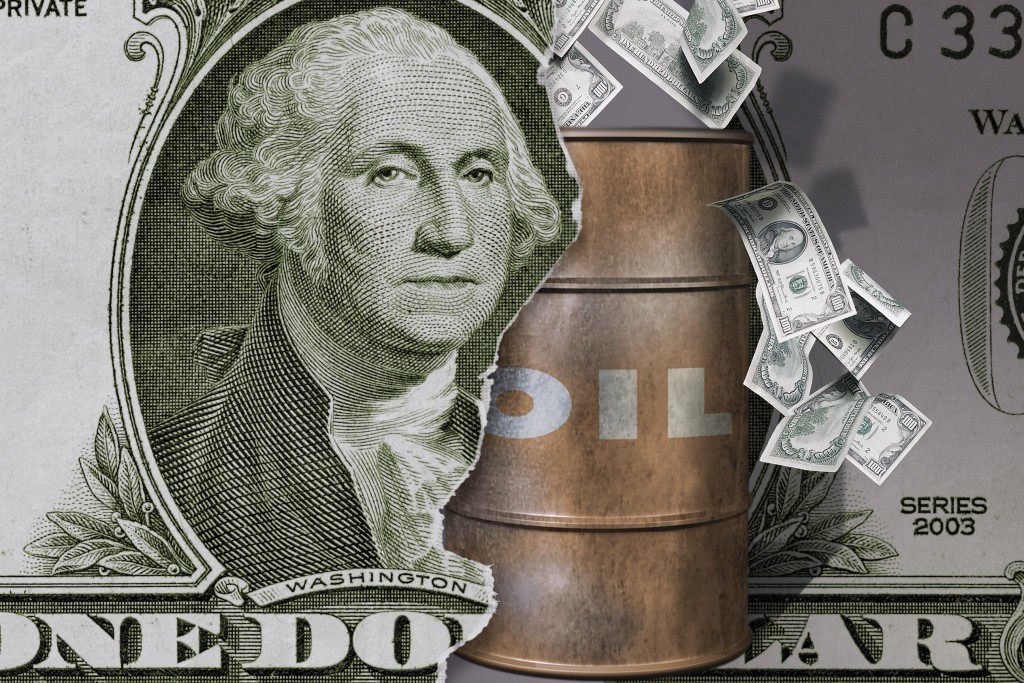
The oil price will rise before re-balancing at between $60 and $70 per barrel over the next three years, a data and analytics firm has predicted.
The latest Global Oil Supply and Demand Outlook report from McKinsey Energy Insights (MEI) also predicted the price will range between $65 and $75 by 2030.
MEI also estimates that exploration and production companies will need to add 35 million barrels of new crude production from unsanctioned projects by 2030 to meet demand.
It predicts $1.6trillion worth of capital investment will be needed over the next five years to achieve this.
MEI’s oil price analysis comes a day after Citigroup estimated that oil will move above $60 per barrel by the end of the year.
The report identified several potential outcomes and made its forecast based on the “business as usual” scenario.
The outlook highlights that if OPEC continues to adhere to the output cut deal, the short-term market rebalancing process is expected to proceed relatively smoothly in the coming months.
MEI expects strong growth in North America’s light tight oil (LTO) production.
The report predicts the level of decline in legacy production from the Bakken and Eagle Ford fields will reduce oil oversupply.
But it identifies other factors which could boost the supply, such as the reduced cost of new production and increasing LTO and OPEC production.
A change in supply mix, with an emphasis on energy resources with faster decline will lead to a faster-than usual global decline rate.
New production sources are expected to become more economic than 2014 levels, due to cost-cutting strategies which were introduced during the downturn.
It also predicts that slower growth in global GDP, improved energy efficiency and alternative fuels will drive a structural deceleration in oil demand growth.
Recommended for you
